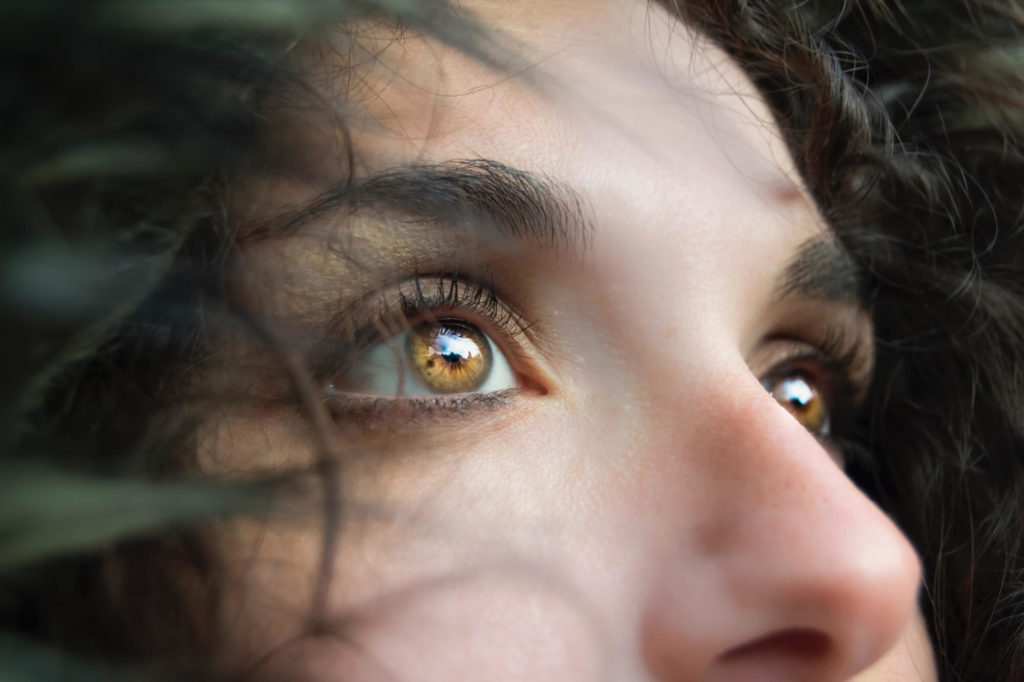Hormonal imbalance during menopause transition is one of the common side-effects in women nowadays. The reason is lack of reproductive hormones such as progesterone and estrogens in the body.
According to medical professionals, low levels of reproductive hormones impacts women’s health in many ways, causing some uncomfortable symptoms such as hot flashes. Dry eyes, in this regard, are a relatively lesser known menopause symptom.
What is Dry Eye Disease (DED)?
DED refers to a multi-factorial ocular surface that causes symptoms like poor visual acuity, ocular pain, and discomfort. Significantly affecting the quality of life, the disease is prevalent in women. DED is most likely to show its symptoms during the menopausal or postmenopausal phase.
Imbalanced sex hormones are some of the major causes of DED. Sex hormones, like androgen and estrogen, can influence tear film and the production of its components, including mucin, lipid and aqueous layers.
Moreover, disease is also caused by a change in various mechanisms in the body can also cause the disease. The changes in feedback mechanisms, hormonal levels, and receptor receptivity play an important role in altering the ocular surface homeostasis. All these changes in hormonal mechanism result in DED.
Dry Eye Disease and Menopause: What are the Causes?
With your age, the tear-producing ability of tear film decreases. Whether you are a man or a woman, you are at more risk to suffer from DED if you are older than fifty.
Postmenopausal females are even more prone to DED. Some recent studies linked androgen to a decreased production of tear film components as it is the common hormone in both women and men. Plus, it manages the delicate balance of hormones and tear production.
Risk Factors of DED for Menopausal Women
The transitional phase to menopause occurs gradually, over a certain period. However, during this leading up phase, which is generally called the premenopausal period, many women complain about experiencing some hormonal changes. The typical symptoms are irregular periods and hot flashes. The risk of DED is greater among women aged 45 and over.
The multi-factorial disease has various contributing elements, but typically its stems from the following.
- Ineffective tears
- Tear evaporation
- Decreased tear production
If you avoid environmental triggers such as wind, contact lenses, dry air, allergies, outdoor activities like boating or skiing, it is easy to decrease DED risk.
Complications of Post -Menopausal Dry Eye
If you are chronically suffering from menopausal dry eyes, you are likely to experience,
- Pain and Inflammation: Severe DED condition leads to abrasion and inflammation particular on the eye surface. It causes pain, vision problem and corneal ulcer.
- Eye Infection: Tears play a vital role in protecting your eyes from bacteria, dust and several other things from going into your eyes. DED completely dries out your eyes and increases the risk of detrimental eye infection.
Bottom Line
In conclusion, menopause can cause changes in your whole body. If you are suffering from DED due to hormonal changes, it is best to consult a gynecologist for professional guidance and treatment options.




